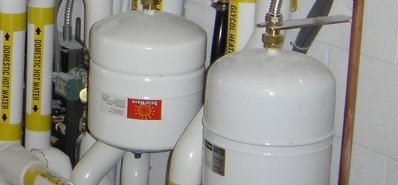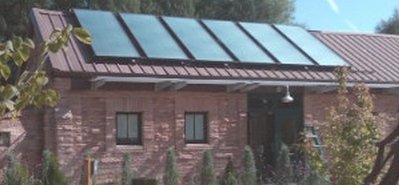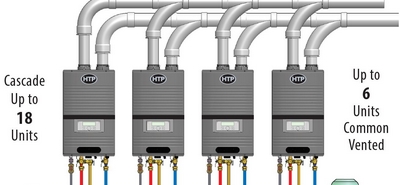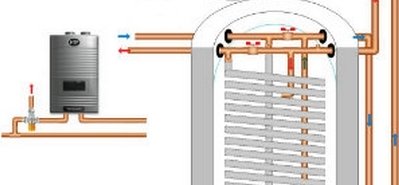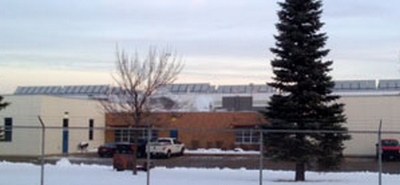Before you get to the exciting part, you’ll need a few basic details about your system. Here are some good questions about the correct sizing for an expansion tank from a for the conscientious installer — which I know includes all of us. Question 1: Fill pressure vs. expansion tank size? (Or in other words, […]
Read more